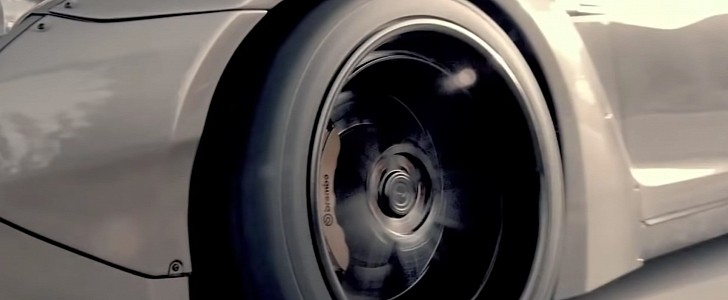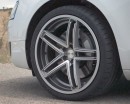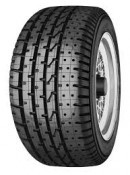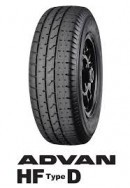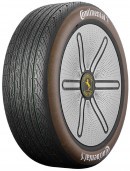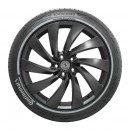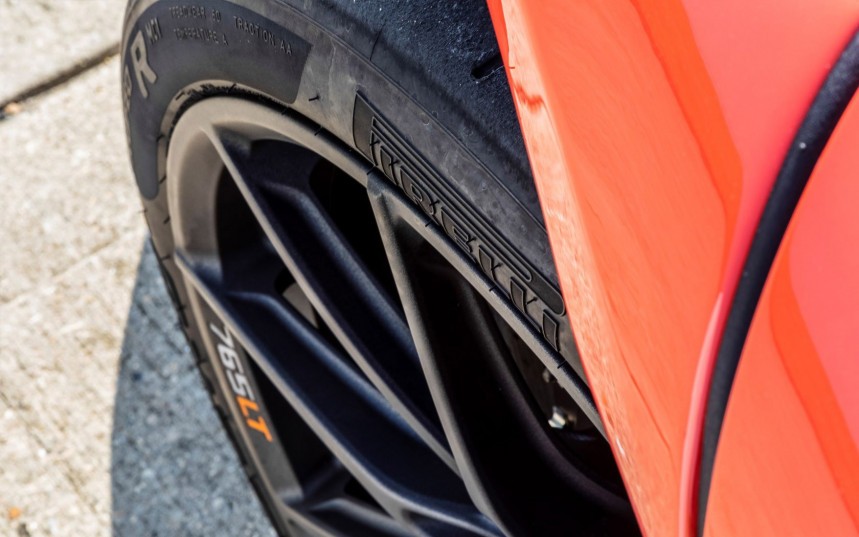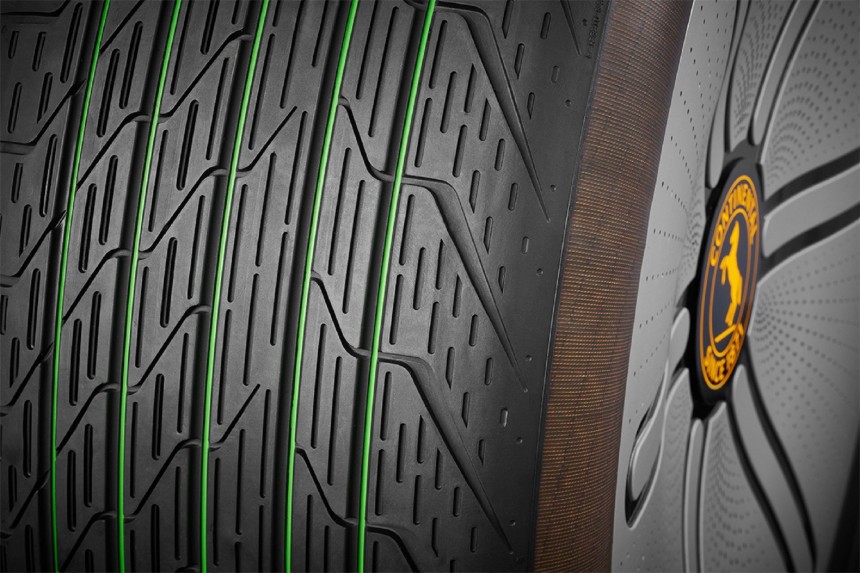When looking to make cars faster, many car enthusiasts rush to cranking up the boost and overlook simple but effective upgrades like tires. Turbo upgrades, a new intercooler, and more oversized intakes might significantly increase your power, but will it make you faster? Jeremiah Burton of Donut Media explains how wheels and tires are a game-changer for speed and precision.
There are two types of people. Those who look at the sidewalls of tires and go, "Whoa! Nice Pirellis," and those who look at the sidewall and notice a lot of numbers, letters, and positions. If you are the former, you probably didn't see or don't care; more reason you need to sit tight and learn something.
The numbers indicate three things; the first is the width of the tire, followed by the sidewall height, and finally the diameter of the wheel. For example, a regular sedan might have 225/45 R18. These numbers are essential for anyone looking to replace their tires.
But what if you are looking for more grip? Well, you'll need to know the treadwear number. The UTQG (Uniform Tire Quality Grading) rating system works to indicate a tire's coefficient of static friction.
The treadwear number is the amount of wear a tire might have. 100 is the baseline, but most road cars, run 400 or 500 treadwear tires. They are not the grippiest tires, but their resistance to abrasions means you can put more miles on them.
For track application, you need to use a 200 treadwear or lower. The lower the number, the more rubber the tire loses as it goes around the track, but the more grip it generates. According to Burton, treadwear is not a measurement of anything but rather an estimation based on testing by a company trying to get you to buy their tires.
The rating means nothing in terms of the actual rubber compound. It might be a great indicator, but it is by no means a hard fact.
When going fast, tires are only one part of the equation. The wheels you mount on your car also matter. Just like tires, not all wheels are equal, and once you have picked out the right size, the most significant difference is the width and weight.
Burton makes a solid point. One pound off a wheel is equal to 4 pounds of your vehicle. However, the rotation of that wheel compounds the effect of that weight. Therefore, a lighter wheel will make a car more agile in corners because it can change direction quicker. Additionally, your drivetrain will need less power to turn them, directing more power to the road.
Consequently, getting lighter wheels will improve your car's performance. Meaning, before you upgrade your turbos and get bigger intakes, you can simply increase your horsepower sent to the road by reducing your wheel weight.
There's a lot more to wheels and tires than just picking out the right set. Tire pressure is also a significant factor when it comes to grip levels. You want your tires to make more contact on the track while still holding it in shape.
According to Bakari Howard of Falken, running your tires at a lower pressure ultimately increases the contact patch from the grip. However, going too low can have a negative effect on performance. You will likely experience excessive sidewall rollover and potential tire failures.
It's important to note that vehicles of the same weight and tire pressure have the same contact patch area regardless of the width. The shape of the patch is what changes.
The contact patch goes from a rectangle into a triangle when you drive into a corner. This is because the outer edge of the tire is doing the majority of the work since there is less contact on the inside of the tire to the track. You can fix that with camber gain.
The numbers indicate three things; the first is the width of the tire, followed by the sidewall height, and finally the diameter of the wheel. For example, a regular sedan might have 225/45 R18. These numbers are essential for anyone looking to replace their tires.
But what if you are looking for more grip? Well, you'll need to know the treadwear number. The UTQG (Uniform Tire Quality Grading) rating system works to indicate a tire's coefficient of static friction.
The treadwear number is the amount of wear a tire might have. 100 is the baseline, but most road cars, run 400 or 500 treadwear tires. They are not the grippiest tires, but their resistance to abrasions means you can put more miles on them.
The rating means nothing in terms of the actual rubber compound. It might be a great indicator, but it is by no means a hard fact.
When going fast, tires are only one part of the equation. The wheels you mount on your car also matter. Just like tires, not all wheels are equal, and once you have picked out the right size, the most significant difference is the width and weight.
Burton makes a solid point. One pound off a wheel is equal to 4 pounds of your vehicle. However, the rotation of that wheel compounds the effect of that weight. Therefore, a lighter wheel will make a car more agile in corners because it can change direction quicker. Additionally, your drivetrain will need less power to turn them, directing more power to the road.
Consequently, getting lighter wheels will improve your car's performance. Meaning, before you upgrade your turbos and get bigger intakes, you can simply increase your horsepower sent to the road by reducing your wheel weight.
There's a lot more to wheels and tires than just picking out the right set. Tire pressure is also a significant factor when it comes to grip levels. You want your tires to make more contact on the track while still holding it in shape.
It's important to note that vehicles of the same weight and tire pressure have the same contact patch area regardless of the width. The shape of the patch is what changes.
The contact patch goes from a rectangle into a triangle when you drive into a corner. This is because the outer edge of the tire is doing the majority of the work since there is less contact on the inside of the tire to the track. You can fix that with camber gain.
